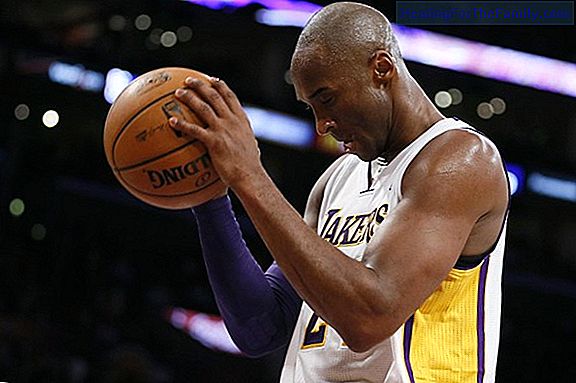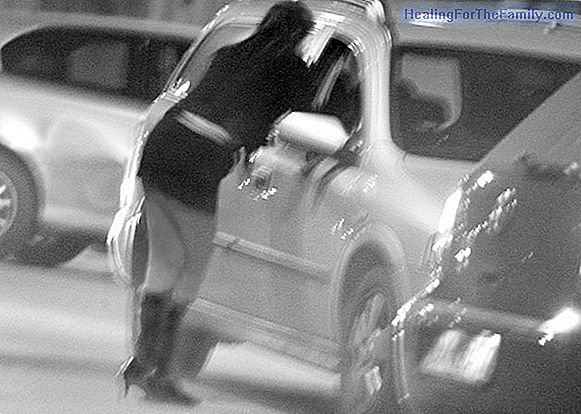Stimulation exercises and psychomotor skills for babies
Each child takes their learning pace and we must respect it, but we can help him develop certain skills. These exercises should be done working both parts of the body equally. All exercises should be done very carefully, without forcing the baby and choosing carefully when the baby is more rested or
Each child takes their learning pace and we must respect it, but we can help him develop certain skills. These exercises should be done working both parts of the body equally. All exercises should be done very carefully, without forcing the baby and choosing carefully when the baby is more rested or ready to pay attention.
Ideas for stimulation exercises and psychomotricity for the baby

Babies from 2 to 4 months
1. Strengthen the trunk. Place the baby face down on a large ball (Pilates or a swollen beach ball) and swing it to the sides to strengthen the trunk.
2. Maintain balance. Upside down we will put a roller under your chest and we will hold your legs forward, and backwards as if playing the wheelbarrow. We can place a toy in front of you so that you can pick it up.
3. Strengthen the neck. We will place the baby on a wedge face down and while playing with a toy we will pass your hand behind your back, as the stimuli in the back make them raise their heads. We will take the toy you have to take it from side to side so that it is held with the hands in the wedge and can raise its head to follow the toy, try to catch it with one hand holding the other. Repeat the exercise with the other side of the body.
Babies of 3 months
1. Rolling exercises.We will lie the baby on his back and lift the arm on which he is going to turn, after having practiced several times with a toy we can stimulate him to be the one who turns to catch the toy.
Babies of 4 months
1. Strengthen the back. On a wedge face up we will hold your hands and help you to sit down, letting the baby make strength to climb. We will check that you hold your head properly when you get up, when it costs less we will do it without a wedge, directly lying on a flat surface. Why take strength in the hands we can give a hoop to take it and we will move the hoop to lift (holding his hands).
2. Learn to sit down. This exercise consists of holding the arm on which you are going to bend a little and help him to sit with his elbow on the ground and turn him a little until he is seated.
6-month-old babies
1. Encourage trawling.Place a toy near the baby and we will push a little pushing the buttocks to come to pick it up.
7 month old babies
1. Stimulate the crawling. We will establish a cross pattern between two people (one in front and one behind) and we will make the crawling movement, always moving the arm and the opposite leg as if we were crawling.
Babies over 7 months
1. Reinforce the crawling. When they are already playing, we can play with tunnels (if we do not have a tunnel we can do it with chairs or sheets) to go inside and start putting obstacles like toys or cushions.
Babies over 9 months old
1. Walking exercises.We can use a row of chairs to support it, a bench or a small piece of furniture to hold it, you can also stand on a wall to take your first steps.
2. Exercises to walk. We can take a sheet and pass it over his chest to favor the march.
Babies over 12 months old
1. Walk in balance. When they are alone, we can make circuits so they can avoid toys or cushions.












